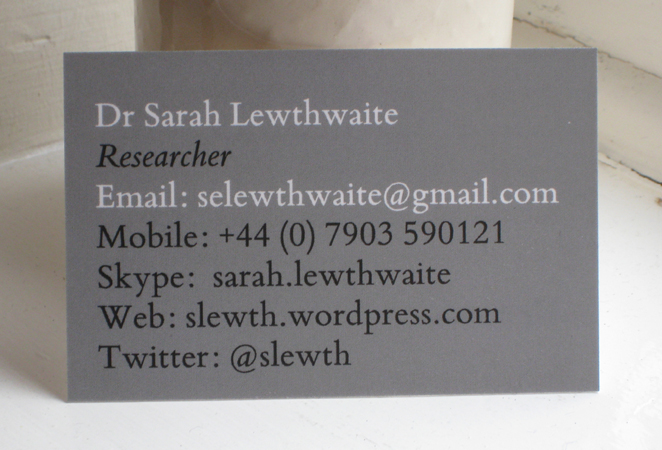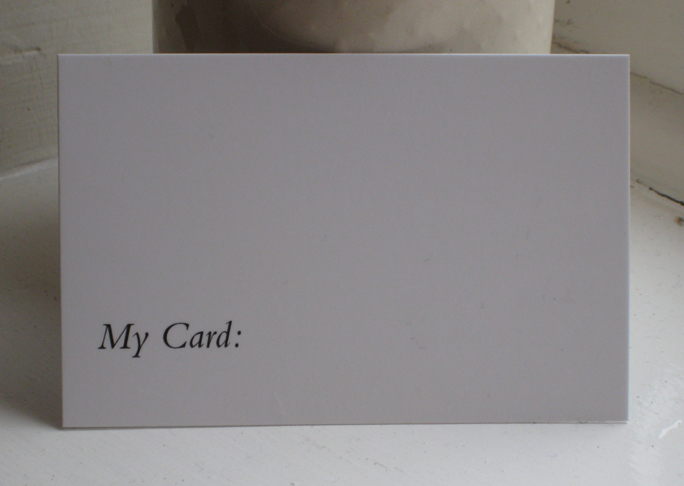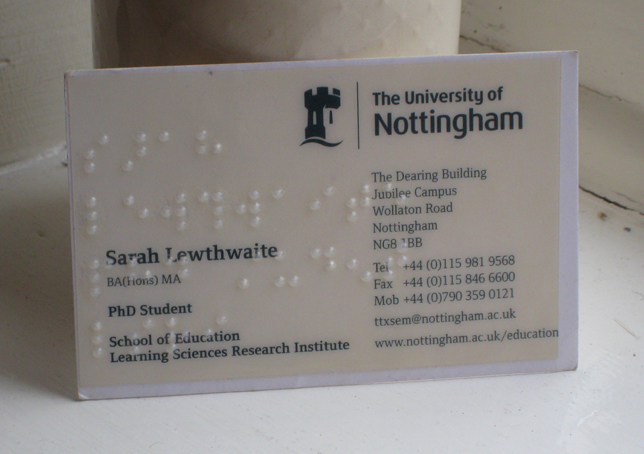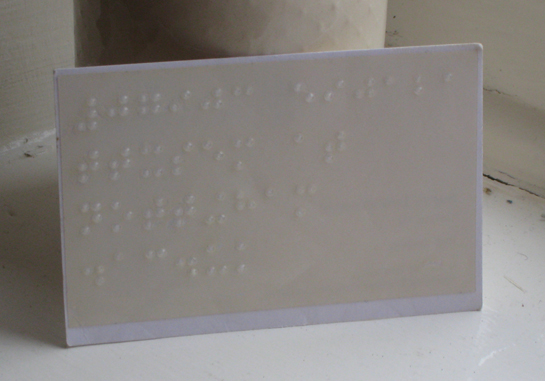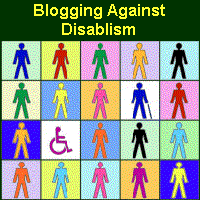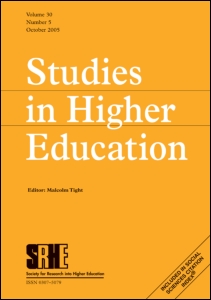The Agony and the Ecstasy: Making Post Viva Corrections
Tips for Thesis-Making: The Second in an Occasional Series
This article marks the second in my very occasional series on the brute mechanics of getting your doctorate. As my last article (page numbering for your thesis) was a big hit, today I present some psychological and practical tips for dealing with post-viva corrections, alongside a small but significant service offered by Word that could save you significant heartache.
Much of the PhD’s final processes are shrouded in mystery. Yes, there are books and official guidance, for example, on selecting examiners and preparing for the viva voce examination, however, it is well known that no two vivas are the same. The distant country between the viva and graduation is even more mysterious. This enigmatic land was something I could barely countenance in the run-up to my own viva. It can be given scant regard in the “How To Get That PhD” books that garner every doctoral student’s shelves, simply because the corrections required will vary wildly between one student and the next. In this respect, corrections can be (wrongly) filed under ‘more of the same’.
If you are awarded your PhD with corrections, minor or major, the completion of these corrections may not be ‘more of the same’. Indeed they may be painful. If you have pushed hard to submit, perhaps testing yourself (and your dependents and supporters) to the limit, the elation of completing the viva can easily invert. Getting up the stamina required to keep going after what was meant to be the final hurdle may be difficult. Your examiners report should be specific and it is to this end that you will be working. However, there are four additional points I would like to share. Take heed!
Attend Only to What the Examiners Have Requested
You now know your thesis inside out, having written it, and revised it for the viva. Part of the PhD process is learning to critically engage with your own work. As a result, at the end of your PhD you know that you would do things differently with the benefit of hindsight – moreover, you see the flaws in every chapter. Do not rewrite your thesis. Only attend to what the examiners have requested. This sounds straightforward, but requires vigilance.
Clarify Examiner Requests
There is a chance that some of the examiners’ requests are not crystal clear, or could be interpreted in varying ways. Check your examiners report very closely as soon as you receive it (or as soon as you can face looking at it). If you do need to contact your examiners to clarify on any point, check with your supervisor or department on the correct protocol for this clarification and act on this advice quickly. If you are working to a new timetable (for example, for graduation, or time-limited corrections) you need to forefront this task, as you may have to make your request through a departmental intermediary who contacts your examiners on your behalf. From this point, your examiners may not be able to easily liaise to resolve your request quickly, particularly during the holidays or over conference season.
Note: if you are reading this pre-viva, prepare to clarify examiner feedback during the viva itself to pre-empt this scenario.
Do Not Create Blockages
When attending to your examiners report, some corrections will be more substantial than others. Corrections can range from typographic errors – to significant chapter revisions. You may find that you do not deal with some of these rewrites as quickly as you planned – in my case I found I became seriously stuck on two occasions. In truth, I had already answered my examiner’s requirements, but I was obsessing over details that simply weren’t important. In reterospect, I think I was, by this point, close to burn out. I have seen other postgraduates in similar positions. As previously stated, this kind of attention to detail is a symptom of your critical and expert engagement with your field, you are now aware of the limits to your expertise and the weaknesses of your thesis. As stress increases, the ability to make sound decisions about prioritising within your work becomes befuddled and there is a tendency to slip into cyclical thinking that slows you down. You will not be able to resolve every wicked philosophical issue that your PhD touches on. You must recognise that what you are experiencing is common to postgraduates in your situation. Make your arguments, as the examiners have requested, and move on. Do not look back.
If the issue is writer’s block Sifter has 5 great tips on getting going.
Create an Examiners Report: Review your corrections using Word
It is good form to submit a short report with your revised thesis to highlight for examiners where you have made the changes they requested (with page and chapter references) and any other changes (for example editing for length, or rectifying typographic errors). If you have been making multiple changes across various drafts, it can be easy to forget quite what you did, and where. Moreover, it can be easy to underestimate the time that writing this report will take. As a result, I recommend the following step-by-step cheat for Word users as an opening gambit.
With the following ingredients you can create a document that clearly highlights all the changes you have made to your thesis. You will need:
- A clearly labelled COPY of the thesis that you originally submitted to your examiners pre-viva.
- A clearly labelled COPY of the current, final version of your thesis.
We are going to create a new document from these two files that merges them together and highlights (using Show Changes) where alterations have been made. Note, the following instructions work for Word 2007, but the functionality remains in other versions of Word.
Open Word with a blank document.
On the Review menu, select Combine.

From here you will be presented with the opportunity to open your original document (the submitted thesis) and the revised document (your new version). Click “OK” and a new document will open, combining the two files and highlighting the changes that have been made. Save this under a separate file name.
For earlier versions of Word, the process will differ. From memory, Word 2003 requires that you open your newest version of your thesis. Go to the Tools menu, through which you select Compare and then Merge Documents. You will be given the option to select a file. Select your original Thesis. Then click on “Merge into Current Document”. You will now have a version of your thesis that highlights all the changes you have made over the course of your revisions. Save this under a new file name.
With your corrections highlighted in this way, you can skim your combined document and review your examiners report for anything you’ve missed.
Any comments or corrections are welcome, as always.
